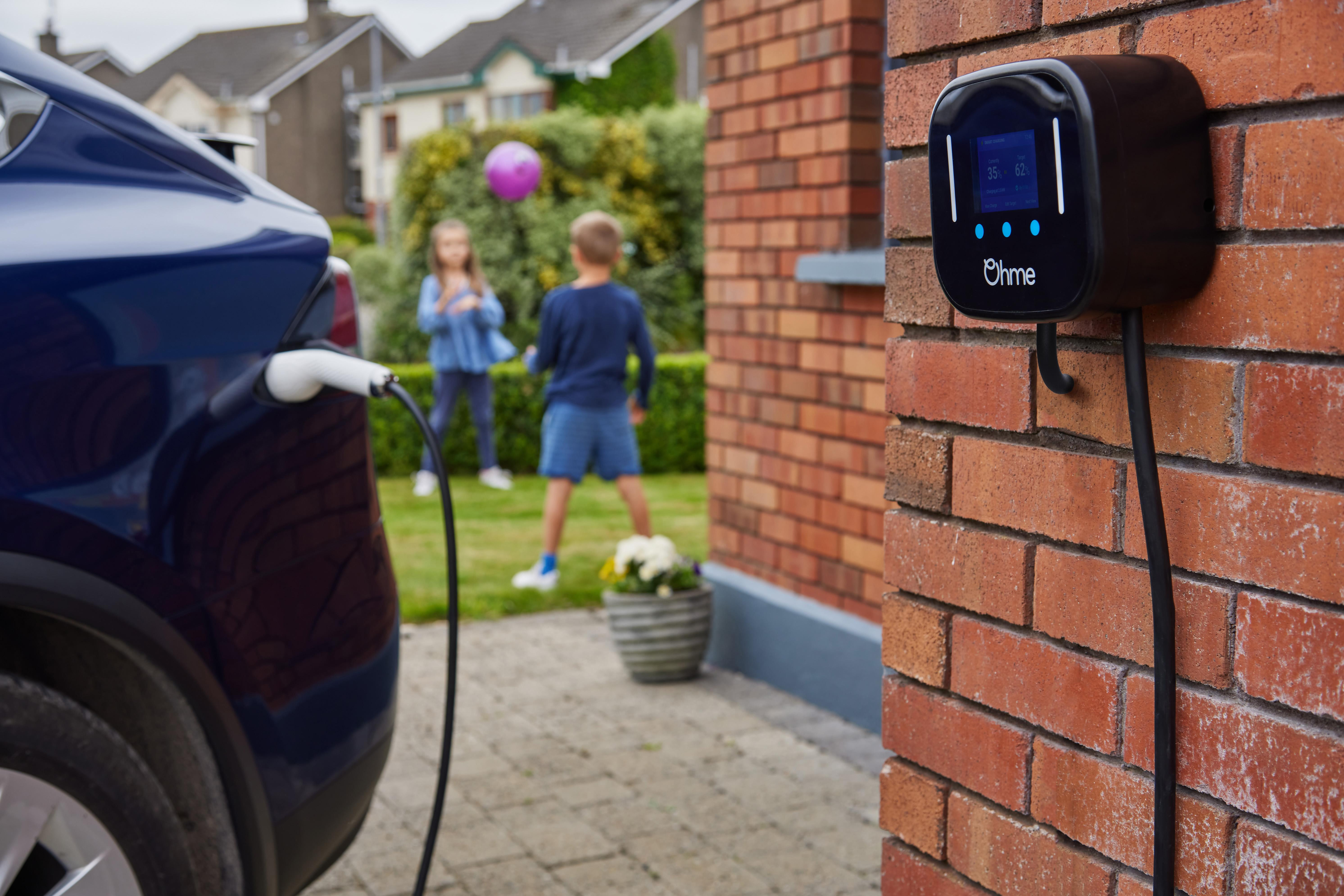Service Rating | 1,422 reviews
Mon - Fri: 9am - 5:30pm
Electric cars will play a big part in our goals to decarbonise our overall transportation. Now, with a new government in charge, it seems likely that the 2030 ban on the sale of new petrol and diesel cars will be reinstated, too.
Owning an EV may be a daunting prospect at first sight. No more travelling to the petrol station, no engine noise, gearbox or even a fuel gauge. But, despite the changes, they’re pretty simple to live with as long as you know how to charge them up and get to know the different charge rates and battery sizes.
Running an electric will not fit everyone's lifestyle and there are still a few hurdles to climb before the country can embrace an EV future, but with the technology forever improving and more people driving them, here is our guide and a few questions answered regarding anyone new to electric vehicle ownership.
How many chargers are there currently in the UK?
As of July 2024, there are 66,779 chargers around the UK across 34,570 charging locations.
Compared to year-on-year figures, this has grown by 46 per cent compared to July 2023, with a total of 21,043 installations occurring within the last 12 months.
How much does it cost to charge an electric car?

The cost to charge your EV varies depending on whether you are charging it from home, work or at a public station.
To charge your car at home would cost around £13 for an average EV, with a rate of 24.5p kWh, however, to charge at public points will cost you more. Many energy providers also have electric vehicle-specific plans that offer super-low energy prices during off-peak time and these can help lower costs considerably.
Currently, the average cost to charge your EV out and about is around 57p kWh on slow chargers and if you need a rapid charge, that increases to 80p kWh. Expect to pay anything around £30 to £50 depending on what type of charge you use, the speed it offers and the car you have.
What battery sizes are on offer?
This can all depend on what type of EV you are wanting to purchase. Smaller city cars like the Fiat 500e have a smaller battery pack to reduce weight and keep charging times down. That means it comes with a smaller price tag of around £25,000. The car can be purchased with either a 24kWh or 42kWh battery pack, with the former able to return around 85 miles between charges, whereas the latter can do a more respectable 145 miles.
If you buy a more expensive and more complex EV, such as a Tesla or Mercedes, their larger price tags bring bigger battery packs and longer ranges.
For example, a £100,000 Mercedes EQS incorporates a 120kWh battery pack which enables a range exceeding 400 miles. Plus, it can be charged up from a rapid device in around 28 minutes.
To simplify, the smaller the battery pack kWh, the smaller the range and the lower the cost of the vehicle to buy and run. A bigger battery pack means more range, but you’ll find that these models cost more overall as a result.
Charging rates
.jpg)
It’s worth remembering that different electric vehicles come with different maximum charge speeds. Essentially, this is the speed of charge that a car can accept and will dictate how fast you can top a car up. For example, if a car is rated to charge at 110kW, this is the most it’ll ever be able to accept - plug it into a speedy 350kW charger, and you’ll still only get 110kW as this is the most that the car can take.
It’s good to do some research in this area. If you’re planning to mainly charge at home then maximum charging speeds don’t have to be that high but if you’re more often out and about - and relying on public charging as a result - then you’ll want a car that can accept a higher rate of charge.
What are the differences between different charging connectors?
There are actually an array of different charging connectors for EVs depending on the vehicle and manufacturer.
The first one is Combined Charging System or CCS for short. This is the most popular for those looking to regularly fast charge their vehicles, with CCS connectors compatible with speeds of up to 350kW. Cars that use these are the Jaguar I-Pace, Volkswagen ID.3, Kia E-Niro and BMW I3. Today, you’ll find that nearly all new electric vehicles use a CCS connection for fast charging.
Chademo is a connector that is dying out and is rarely used by car manufacturers now. Compatible with speeds of up to 50kW, only South Korean and Japanese car makers tend to use them with early Nissan Leafs and Mitsubishi Outlander PHEVs being compatible models.
Type one and type two are the most common of all modern EVs with both compatible with slow and fast charging.
The former can charge at a speed of up to 6kW and will be found on the early Nissan Leafs and the latter will be for all European EVs – with a charging time of around 12 hours.
Fast charging is also compatible with type two at speeds of up to 7kW - though it can accept as much as 43kW.